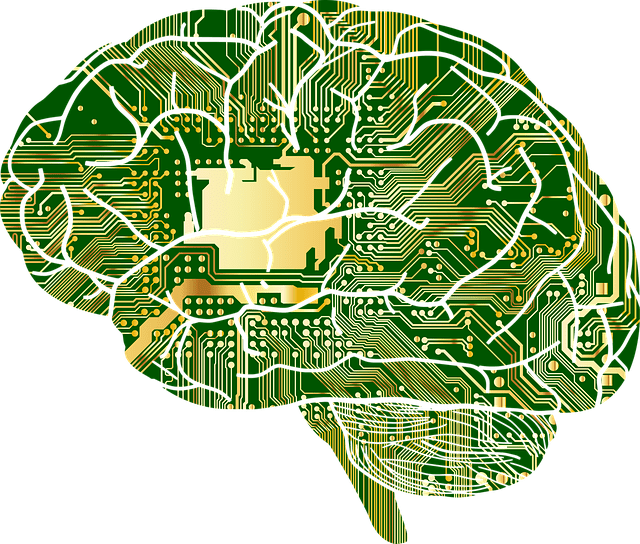Google presents ‘Pathway’, a new generation of artificial intelligence – Sprout Wired
NS advances They don’t stop at Artificial Intelligence (AI). Today, there are algorithms behind many daily tasks. From taking a good picture with your mobile to asking for something from a virtual assistant. Google has been using it for over 20 years and is now ready to leverage all that ex…….

NS advances They don’t stop at Artificial Intelligence (AI). Today, there are algorithms behind many daily tasks. From taking a good picture with your mobile to asking for something from a virtual assistant. Google has been using it for over 20 years and is now ready to leverage all that experience in one architecture new generation called pathway.
Google started its journey with artificial intelligence in 2001. At that time, machine learning technology made it possible to provide accurate results even if users misspelled a search term. It was the starting point for launching almost all of its services and applications. But during this time the same training method was used.
For each problem encountered, for example, spam, a new model of artificial intelligence is trained from scratch. That is, instead of expanding on what was learned in the previous solutions, New very specific solutions have been created, which requires resources and time. Although it has been quite useful so far, it is not completely efficient and requires development.
Roads, ready for today’s challenges
Imagine if, every time you learned a new skill (for example, jumping rope), you forgot everything you learned (how to balance, how to jump, how to coordinate the movements of your hands). And start learning each new skill in ropes. Nothing,” exemplifies Google in the context of existing methods of training artificial intelligence.
Result of this? Thousands of wildly specialized models to solve problems. But it may end up with pathway architecture. It is capable of training”a single model for doing thousands or millions of things“Compared to today’s highly personalized approach. And since you don’t have to start from scratch every time, it will be much more efficient than the old methods.
Google tells That pathways can “leverage and add to your existing skills to learn new tasks more quickly and effectively.” the company thinks artificial intelligence in architecture Like the brain of mammals. i.e. it can handle many different tasks. From simplest to most complex.
Google and an artificial intelligence with multiple ‘senses’
credit: google
Current models of artificial intelligence, in addition to being highly specialized, focus on a single “feeling”. That is, they process only one type of information at a time. They can take text, pictures or voices, but in person, something that limits their ability to tackle certain tasks and is biased.
However, Pathways also wants to leave behind the limitations of existing models. To do this, work is being done on a multimodal model that could allow Simultaneous visual and auditory processing. That’s why Google’s system can identify a leopard if you watch, hear, read, read the word leopard, or hear a video of the animal running, or someone saying “leopard.”
According to Google, with the advances presented today, artificial intelligence could help tackle challenges such as disease, inequality and climate change. The truth is that the company is working very hard on this too. Integrated Multitasking Model (MUM), which has already proven to be very useful for improving search results.
Source: https://www.sproutwired.com/google-presents-pathway-a-new-generation-of-artificial-intelligence/







